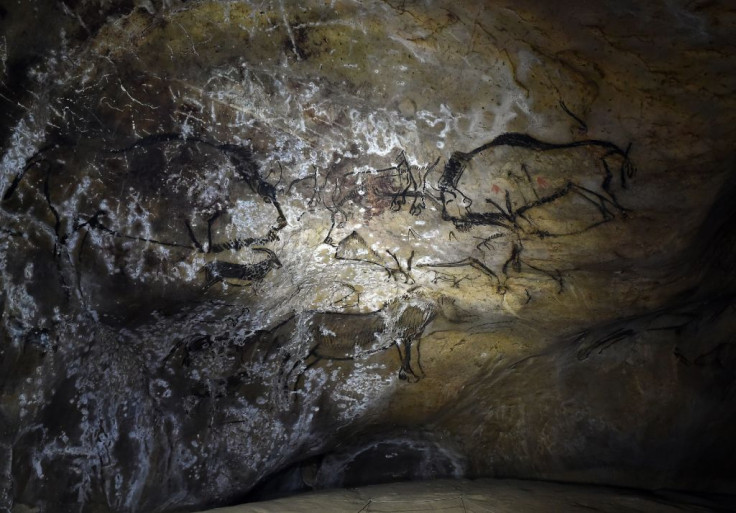Is ancient cave art drawn by our ancestors the earliest evidence of first human language?
Humans may have used places where sound echoed the most as "hot-spots" to visually represent language.

Human language is believed to have originated 100,000 years ago, but its evolution over time has always been a mystery. How did Homo sapiens develop the ability to speak and started writing things down?
The answer to this question mostly remains speculative, but MIT's Shigeru Miyagawa believes ancient caves could be our best chance to understand the development of linguistic skills.
In a paper published in Frontier in Psychology, Miyagawa and his team have posited that the artwork found deep inside several thousand years old caves could be the earliest representation of human language.
The group believes that back in the day, humans may have used places where sound echoed the most as "hot-spots" to express those sounds as cave drawings.
This could have been anything, from simple stories and sound produced by their footsteps to a simple conversation or ritualistic enchantment, the researcher says.
"I think it's very clear that these artists were talking to one another," Miyagawa says. "It's a communal effort."
The researchers posited the theory after analysing 70,000-year-old ancient drawings found in South Africa's Blombos Cave. They also stressed that just like human language, ancient cave drawings are also present in different parts of the world, be it Europe, the Middle East, or Asia.
Though this is just a working hypothesis, the team believes ancient cave drawings could help archaeologists understand how humans developed as symbolic beings and language evolved.
"We could speculate that human language emerged as an abstract symbolic system, while its expression — in the form of cave and rock art, or any other modality — may have occurred very late," study co-author Vitor Nobrega told National Geographic.
Some archaeologists say the theory is far-fetched but the group plans to further the work and explore more cave drawings in the near future. This, as they say, would not only help them understand how ancient artworks could be linked to linguistic terms, but could also pin down the exact origin of human language.




















